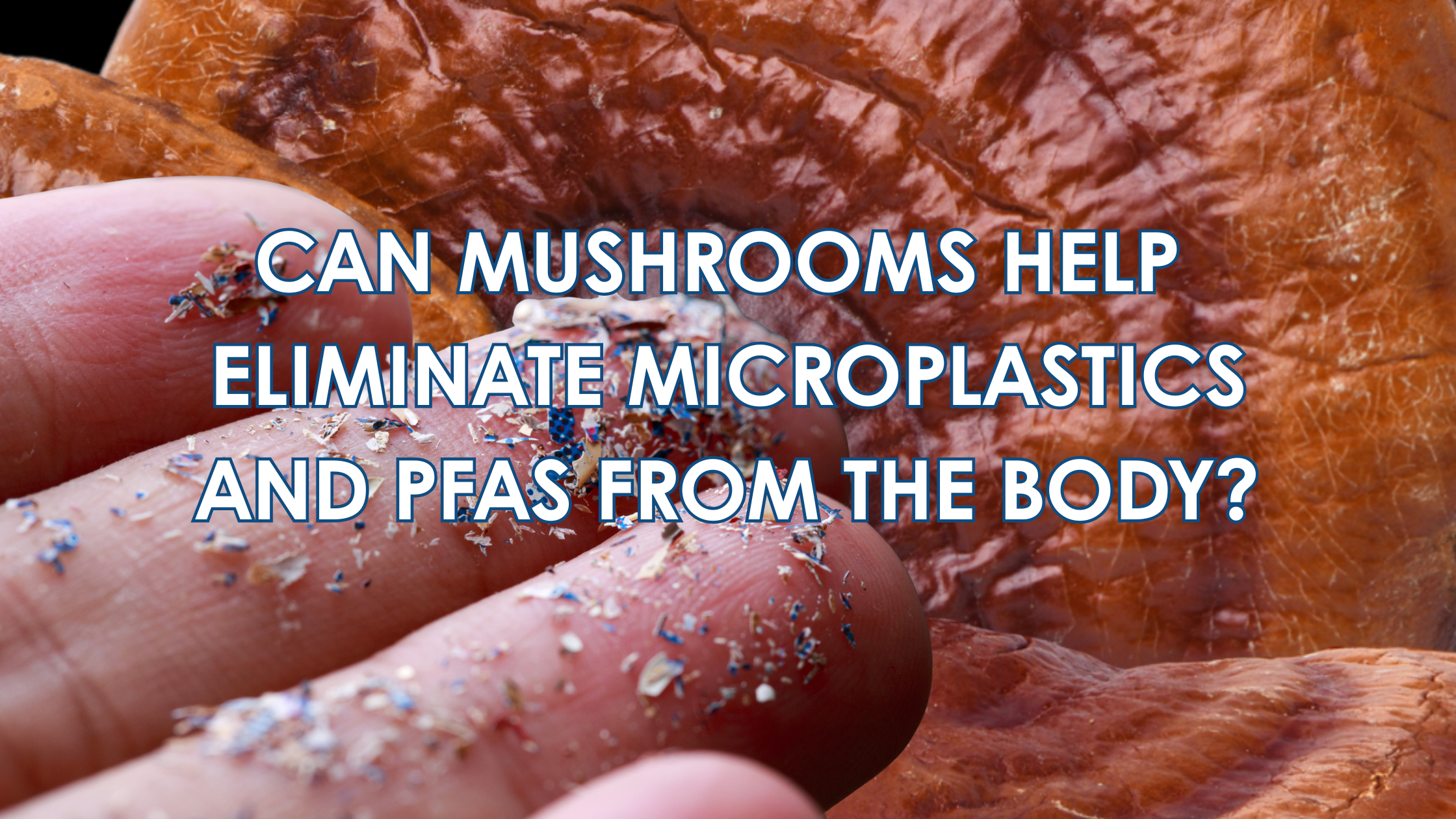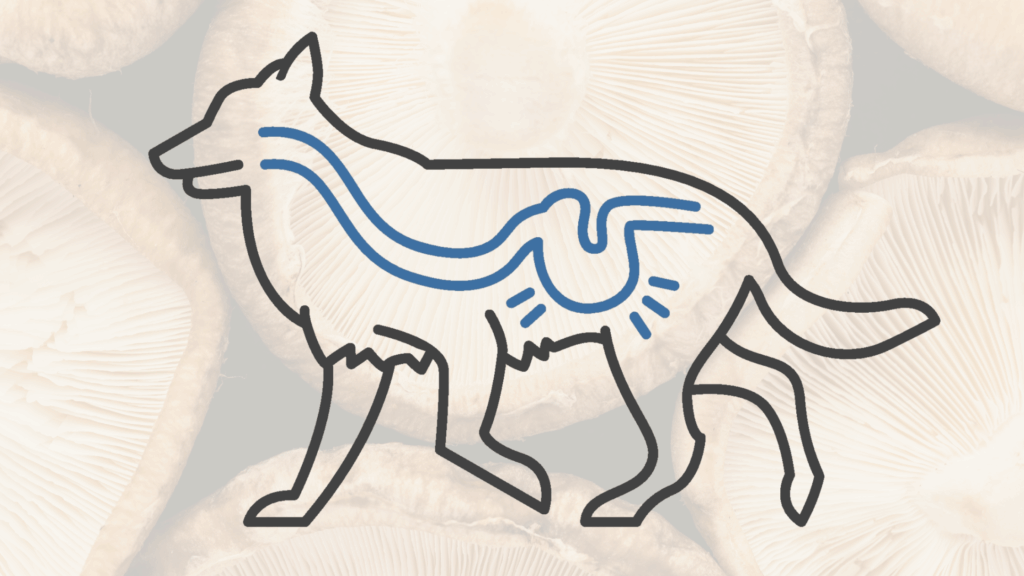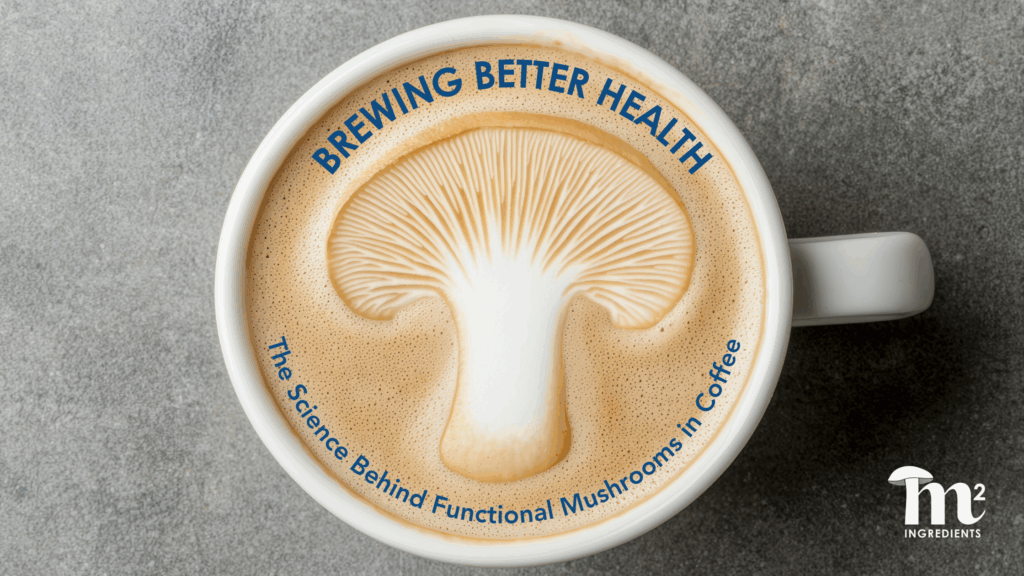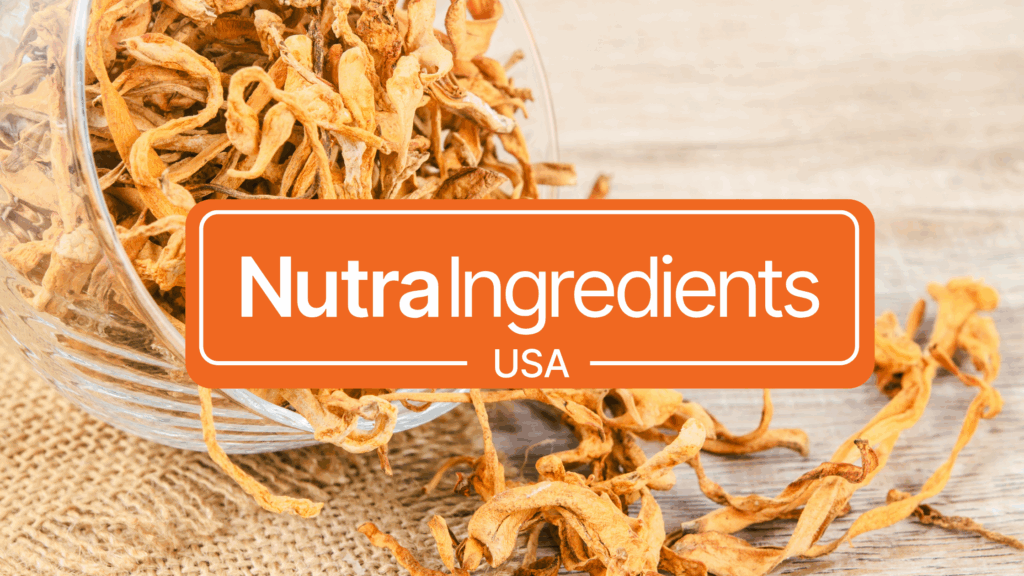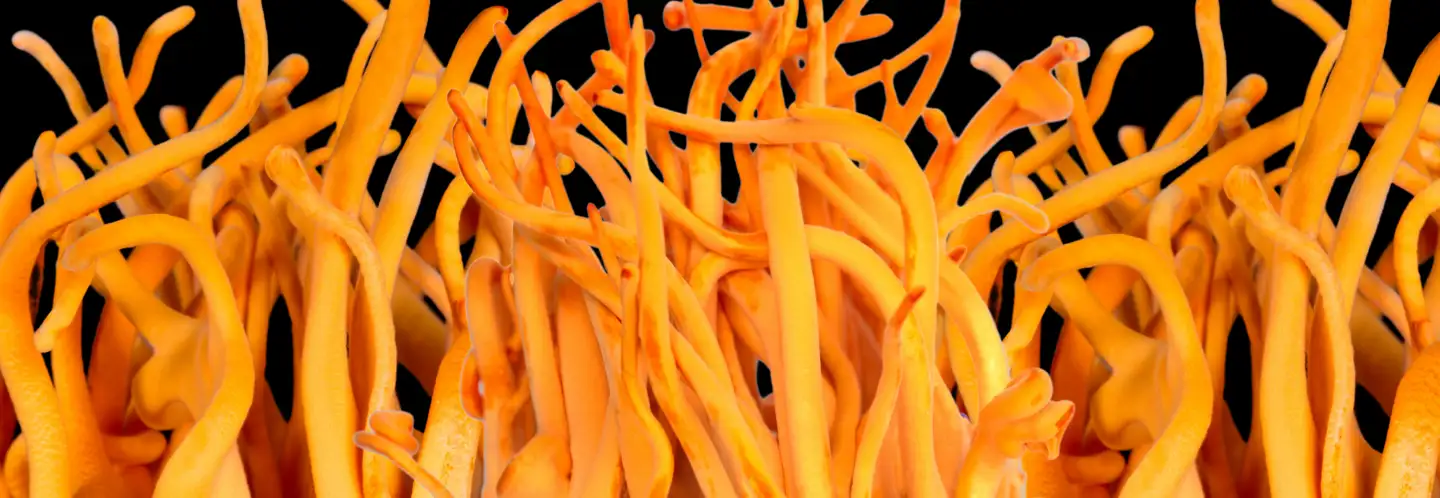Exploring the Detoxification Potential of Beta Glucans and Prebiotic Whole Mushrooms
Environmental toxins such as microplastics and PFAS (“forever chemicals”) are increasingly found in our bodies—from blood and lungs to brain tissue. These persistent compounds resist breakdown and are linked to a range of health concerns, including hormonal disruption, cardiovascular disease, immune dysfunction, and certain cancers.
As exposure rises, researchers are looking to nutritional strategies that support the body’s own elimination systems. One promising avenue is the use of soluble dietary fibers like beta glucans, especially those from whole mushrooms and oats, which may bind and help excrete these compounds through the gut.
PFAS, Microplastics, and Why They Matter
- Microplastics are plastic particles smaller than 5 mm that are found in food, water, and even the air. They can cross biological barriers and contribute to inflammation and oxidative stress.
- Microplastics have now contaminated all of the ecosystems of Planet Earth. At the top of the food chain, it is estimated that humans consume at least 50,000 microplastic particles a year. Microplastics have been found in our blood, semen, lungs, breast milk, bone marrow, placenta, reproductive systems, and brain tissue.
Once released into the environment, microplastics are practically impossible to remove and remain in the environment for hundreds, possibly thousands of years with severe and well-documented effects on the environment. The process of microplastics moving through natural systems has been called “plastic spiraling”.
PFAS are a class of over 15,000 synthetic compounds used in nonstick coatings, waterproof fabrics, and food packaging. These chemicals persist in the body and environment and are widely detected in human tissues. Recent studies have confirmed that plastics often contain PFAS, meaning microplastics can act as carriers—delivering harmful chemicals into the body.
New Research: Beta Glucans Enhance PFAS Elimination
A 2025 human trial published in Environmental Health showed that taking 1 gram of oat beta glucan before meals three times daily for four weeks led to an 8% reduction in serum PFOS and PFOA, two of the most studied PFAS. This effect is attributed to the gel-forming action of beta glucans, which bind PFAS in the gut and block their reabsorption during digestion.
“PFAS can’t leave the body easily, so they build up. Fiber gives us a way to help the body clear them.”
— Dr. Jennifer Schlezinger, Boston University
Source: BU.edu
Mouse studies using the same oat beta glucan also showed reduced PFAS levels and improved metabolic markers (PubMed ID: 39647509).
The Role of Mushroom Beta Glucans
While there are currently no published human studies directly connecting mushroom beta glucans to PFAS or microplastic elimination, their physiological properties are similar to the beta glucans in oats.
They:
- Form gels in the digestive tract that trap toxins
- Bind to bile acids, which transport fat-soluble compounds like PFAS
- Increase fecal bulk, which supports excretion
- Act as prebiotics, promoting beneficial bacteria and gut barrier function
These mechanisms suggest mushroom beta glucans could play a complementary role in supporting detoxification.
Breaking the Reabsorption Cycle
Researchers have proposed that the mechanism for the gel-forming fibers’ ability to trap PFAS in your digestive tract is due to the biochemical properties that PFAS share with bile acids — both types of compounds can bind to beta-glucans and get flushed out in feces. PFAS and bile acids are both amphipathic molecules, meaning that they possess both polar (hydrophilic) and non-polar (hydrophobic) regions. This unique structure allows them to interact with fiber gels and get excreted rather than reabsorbed. However, most PFAS don’t leave your body easily. Once excreted into the bile, they’re typically reabsorbed in your intestine, returning to your liver in a loop. Beta-glucan compounds can break this cycle by holding PFAS in your gut, thus giving your body a chance to eliminate them through stool rather than cycling them back into your bloodstream.
New Study: M2 Functional Mushrooms Improve Microbiome Diversity and Gut Function
A recent peer-reviewed study led by Julie Daoust, PhD, and published in Journal of Functional Foods (2025), investigated the prebiotic effects of M2 Ingredients’ whole, full-spectrum mushroom powders—including Lion’s Mane, Cordyceps, Reishi, and Turkey Tail—using short-term in vitro colonic fermentation models.
Key Findings:
- All M2 mushrooms increased levels of short-chain fatty acids (acetate, propionate, and butyrate)—compounds known to support gut health and anti-inflammatory activity.
- All mushroom powders enhanced the abundance of beneficial gut bacteria, including Bifidobacterium and Roseburia species.
- Gut microbiota diversity increased with all products, particularly with the MaxSpectrum blend and Lion’s Mane powder.
- Improved markers of gut barrier integrity were observed, including increased transepithelial electrical resistance (TEER).
- Colonic supernatants from M2 mushrooms reduced pro-inflammatory cytokines (TNFα, MCP-1, CXCL10) and increased anti-inflammatory markers (IL-6, IL-10).
“This study demonstrates that full-spectrum mushroom powders have prebiotic effects that rival, and in some cases exceed, those of isolated fibers. The improvements in microbiota composition and gut barrier function lay a strong foundation for enhanced detox capacity.”
— Daoust et al., 2025
You can read the full published studies from the Journal of Functional Foods here:
Connecting Gut Health to Detoxification
The gut plays a central role in detoxification—not only through elimination but also through microbial processing of environmental toxins. A growing body of research suggests:
- Gut bacteria can absorb and help excrete up to 75% of ingested PFAS in animal models (University of Cambridge, 2025).
- A diverse, SCFA-producing microbiome is associated with better toxin resilience and reduced inflammation.
- Tight junction integrity in the gut lining helps prevent the translocation of microplastics and associated chemicals into systemic circulation
By enhancing both microbial diversity and SCFA production, M2 functional mushrooms may support the body’s ability to eliminate toxins more effectively—though targeted clinical studies are needed to confirm this hypothesis.
Why M2 Ingredients Mushrooms Are Unique
- Full-spectrum ingredients: Include both fruiting body and mycelium
- Organically grown on oats: Fermented substrate enhances beta glucan content and adds dietary fiber
- Minimally processed: Retain the full complexity of mushroom chemistry
- Clinically studied: Shown to support gut microbiota composition, barrier integrity, and immune balance
Conclusion
As exposure to microplastics and PFAS continues to rise, supporting the body’s natural elimination pathways is a critical area of innovation. Soluble dietary fibers like beta glucans from oats and mushrooms offer a safe, evidence-based tool to enhance detoxification—especially when delivered in whole-food, prebiotic-rich formats.
M2 Ingredients’ research-backed mushroom powders go beyond isolated extracts. They nourish the gut microbiome, promote SCFA production, improve intestinal barrier function, and may help the body clear environmental toxins more effectively.
This is a new frontier in detox nutrition—and functional mushrooms are leading the way.

